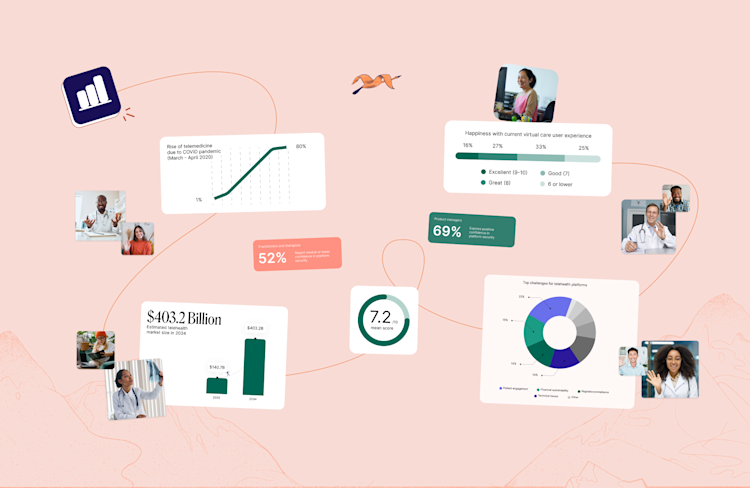PJs and slippers: does your wardrobe really matter?
What's acceptable attire when working from home?
Previously, you might’ve dressed to impress. But your cat, kids or spouse may not be as discerning as your colleagues or clients.
Now that you and a whole bunch of people you know are working from home, the virtual wardrobe articles have sprung forth. Like the returning daffodils of spring, it’s expected that fashion will be a topic of conversation.
But there are no runways here. Nor are there glass walls that put whole outfits on display or floors that reverberate the sound of expensive shoes. What can you get away with? Which styles will make you feel more normal? What fabrics or fits exude productivity?
People jest about ‘mullet outfits’ or dressing like a news anchor. (The appeal of fleece pants and fuzzy slippers that nobody else can see is real.) Stylists will tell you they ‘feel more productive when dressed.’ How true is that statement for the rest of us? And what counts when it comes to virtual meetings, presentations, interviews and sales calls?
Dress to expectations.
Consider your role and industry. Are you part of a field that’s traditionally very buttoned-up and conservative? Maybe you’re still giving external-facing presentations or leading client meetings. If so, having a collared shirt and a blazer handy for video calls is a smart idea. (Note: you can wear something that’s older or more comfortable as it won’t be hugely noticeable. But if it’s made of material that requires ironing and looks wrinkled, it will to other folks, too.) Those who regularly work in business casual clothes can get away with a sweater or knit top — and if you’re part of a startup team where tees and hoodies are the order of the day, feel free to make yourself at home in those.
Style what’s visible.
What others will see is what matters most: everything from the mid-torso up. Even if it’s been a while between haircuts, you have a few simple, sleek grooming options: ponytails or braids for longer hair, gel to keep strays in place, headbands, etc. True, you may not want to be caught with Mighty Mouse pants on if you have to hop up on a video call, but there’s a button for that. Temporary disabling video when moving away from your screen is perfectly acceptable remote work etiquette! Wherever you’re working, be sure to keep an EE (Emergency Ensemble) close; that way, you’ll be ready in case you’re pulled into an unexpected meeting.
Wear clothes according to time.
It’s the start of your day, with no video calls in sight. Dear Reader, it is time for PJs and a robe, if you so desire. If you’ve just finished lunch and you’re still in your bedtime gear, however, it might be time for a change. Here’s why: if you think of your day as a series of time blocks, you can have a time for PJs (until 10am, for example), a time to dress up, and then a time to unwind in loungewear or PJs again.
Just as with a change of scenery, a change of wardrobe indicates a shift in your routine. You’ll feel more like you’ve had an actual workday and can unwind afterward if you put on something you’d normally wear to go outside — and not just old duds for grabbing the mail or doing yard work.
(This blog post was written by an author outfitted in pajamas.)





